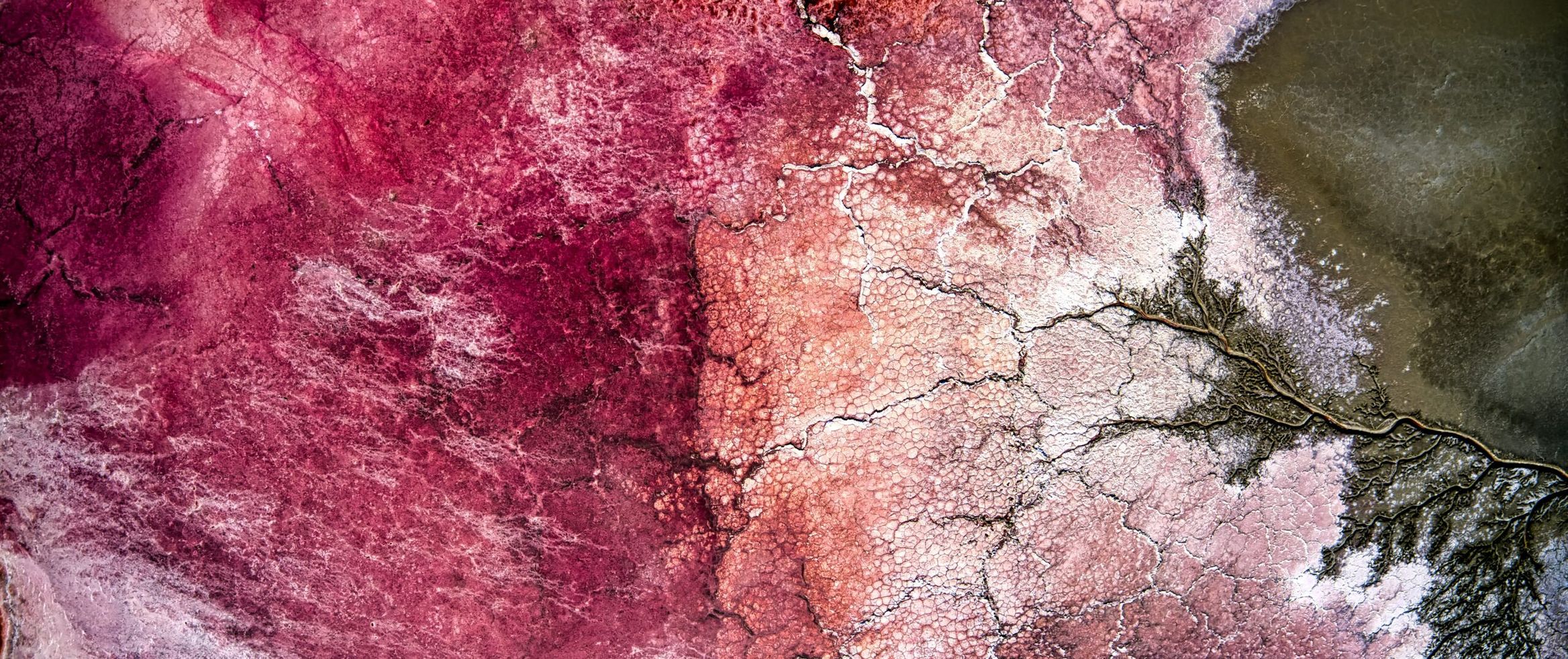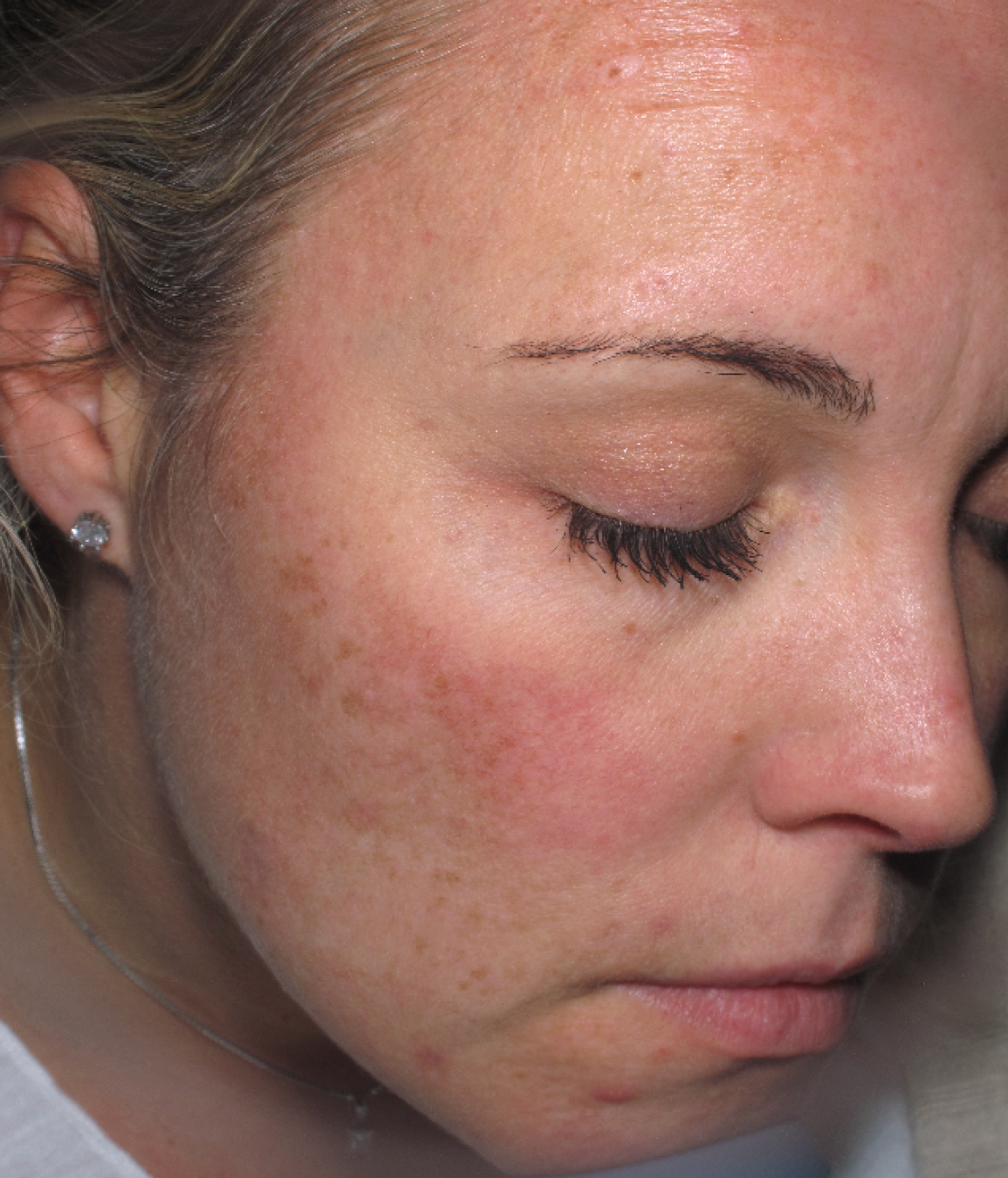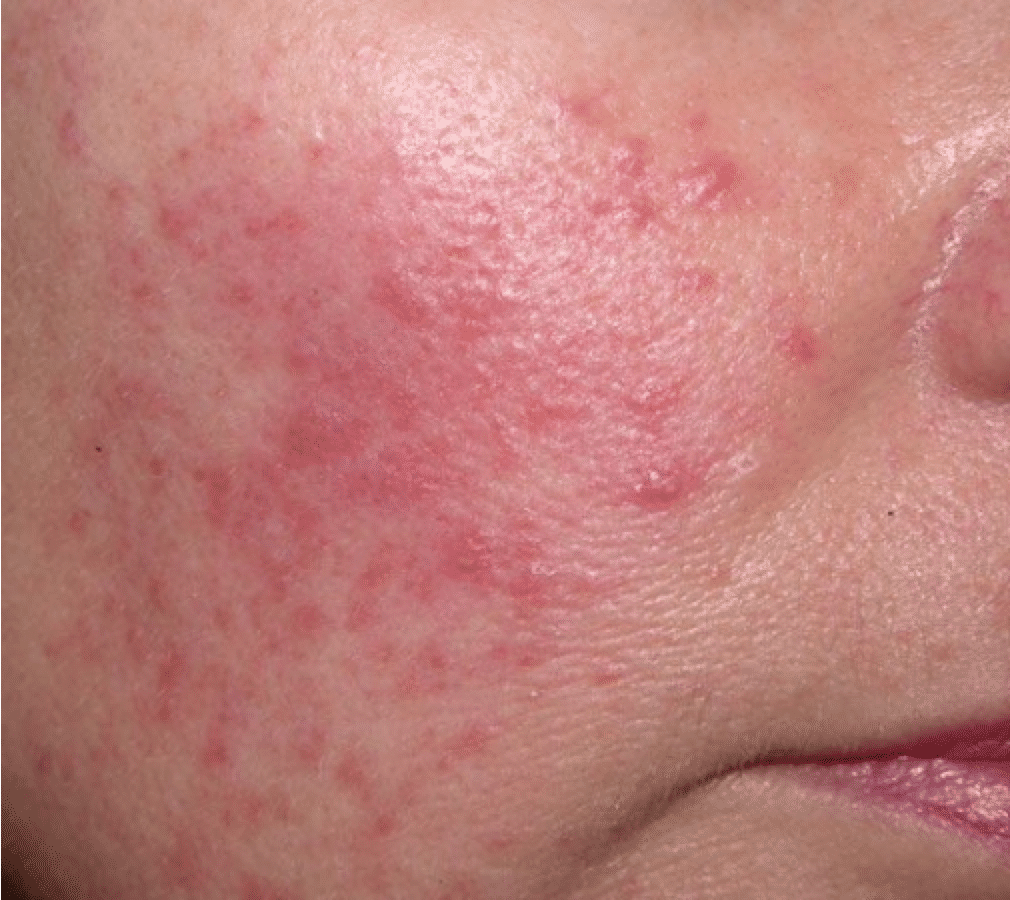Recommended Skincare
Morning:
1. Niactil cleanser
2. Niactil 4%
3. Hydractil Daily Defense SPF 15
Evening:
1. Niactil cleanser
2. Sulfactil Cream (spot-treat using thing layer)
3. Niactil 4%
3. Hydractil Normalizer

Skin Condition
Rosacea is a chronic inflammatory skin condition, characterized with persistent facial erythema, visible blood vessels, solid bumps and pimples, and inflammations.

Rosacea is a chronic condition involving the central areas of the face, nose, chin, cheeks and forehead. Symptoms most often start between the ages of 30 and 60 years.
There are four different stages of rosacea, where the skin care business is able to treat and give suitable recommendations to the less severe conditions, stages 1 and 2. The severe conditions, staged 3 and 4, can be helped with prescription drug such as antibiotics as well as topical creams, and therefore a medical professionals should be involved to help with treatment. Laser therapy treatment may also be helpful in reducing redness and broken blood vessels.
How common is Rosacea?
Rosacea is one of the most common conditions to be treated by professional dermatologists, and effect approximately 5-10 % of the population. The condition usually starts in affected persons when they are between 20 and 50 years of age and affects more women than man. Unfortunately, hereditary also can play a major role in one’s tendency to suffer from Rosacea, and the chances to develop rosacea increases 30-40 % if a close relative is affected.
Common triggers for Rosacea include?

Stage 1 Rosacea
The earliest stage of Rosacea is characterized by transient erythema, and cover the most central parts of the face, typically cheeks, nose, and forehead. Without treatment, the redness can get more persistent, cover more skin, and even become permanent. The redness is due to inflammations and small blood vessels beneath the skin surface that may become enlarged and visible. These symptoms often flare up and then disappear. The skin is often perceived as hypersensitive.
How to treat stage 1 Rosacea
The goal with recommended treatments is to reduce flushing and redness, and to prevent puss-filled blemishes. First and forward, identifying and avoiding triggering lifestyle factors that aggravate flare-ups, is highly recommended.
Anti-inflammatory products such as Niacinamide (Niactil 4%) and Azeloglycin (Acticlear Gel) to reduce inflammation and strengthening the skin barrier (epidermis), is recommended to prevent and reduce the risk of recurrence.
Antioxidants has proven good results for Rosacea conditions. Hydractil Normalizer strengthen and provide cell-protection against UV-rays and neutralize free radicals. The product promotes a more even skin tone, calms, strengthen and counteracts damaged dermal vessels and redness.
Common medical treatments
Laser therapy treatments and karlaser is highly effective in reducing redness and visible blood vessels.

Stage 2 Rosacea
Combined with facial redness and flushing, the second stage of Rosacea is associated with pustules, which are pus-filled blemishes, and red, swollen bumps. These typically appear on the cheeks, chin, and forehead, and swelling may occur. The condition is frequently misidentified as acne, but compared to acne, the condition is not affected by an excessive production of sebum.
How to treat Rosacea stage 2
The goal is to reduce redness, puss-filled blemishes, and dumps. Cases with stage 2 Rosacea rarely experience sensitivity and identifying and avoiding triggering factors is therefore an even more important action.
Acticlear Gel contains 15% Azeloglycin, which is a highly effective active ingredient for stage 2 Rosacea. The active ingredients possess anti-inflammatory and antibacterial properties. Some may feel a slight irritation towards the ingredient to begin with, but after continuous use over the course of weeks, the ingredient is better tolerated.
Other products such as Sulfactil Cream, contain 5% Sulfur, another active ingredient that has proven effective on inflammation and acne-like conditions. Local spot-treatment using Sulfactil Cream in a thin layer is recommended. Temporary moisture loss may occur, and Niactil 4% is recommended in addition to provide moisture.
Common medical treatments
Rozex gel/metronidazole 0.75 %, Tetracyclines and isotretinoin
Recommended Skincare
Morning:
1. Niactil cleanser
2. Niactil 4%
3. Hydractil Daily Defense SPF 15
Evening:
1. Niactil cleanser
2. Sulfactil Cream (spot-treat using thing layer)
3. Niactil 4%
3. Hydractil Normalizer
